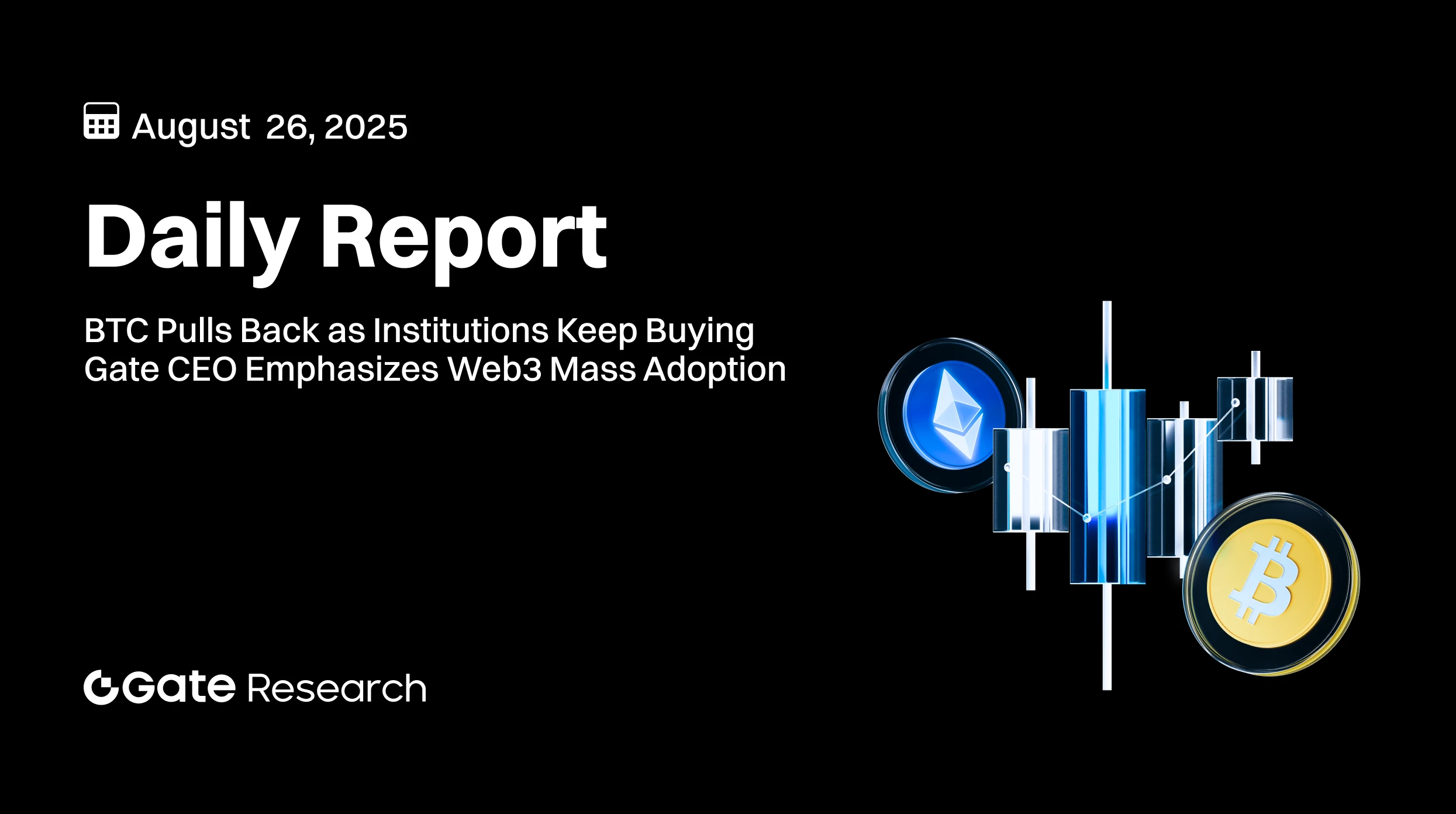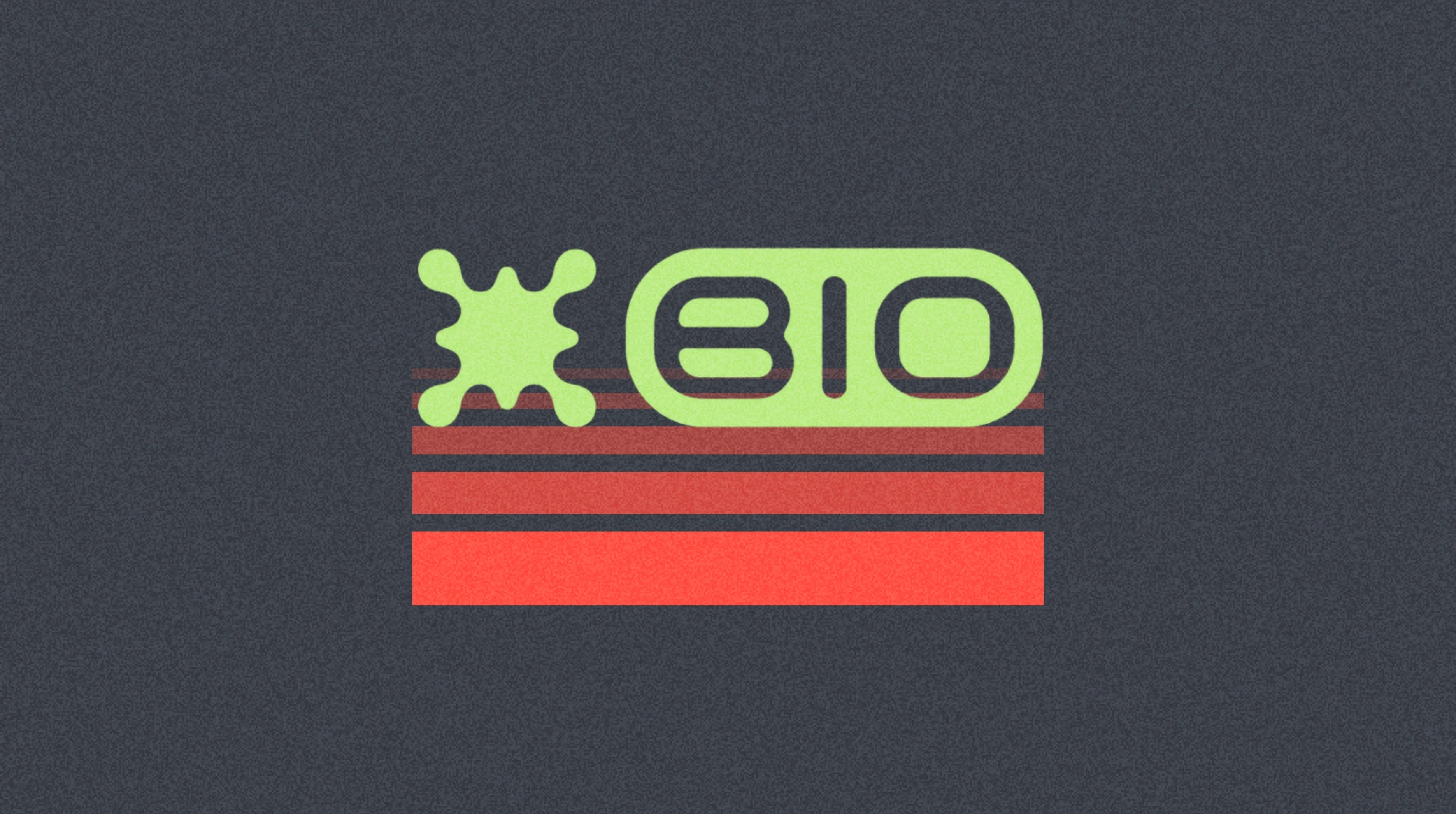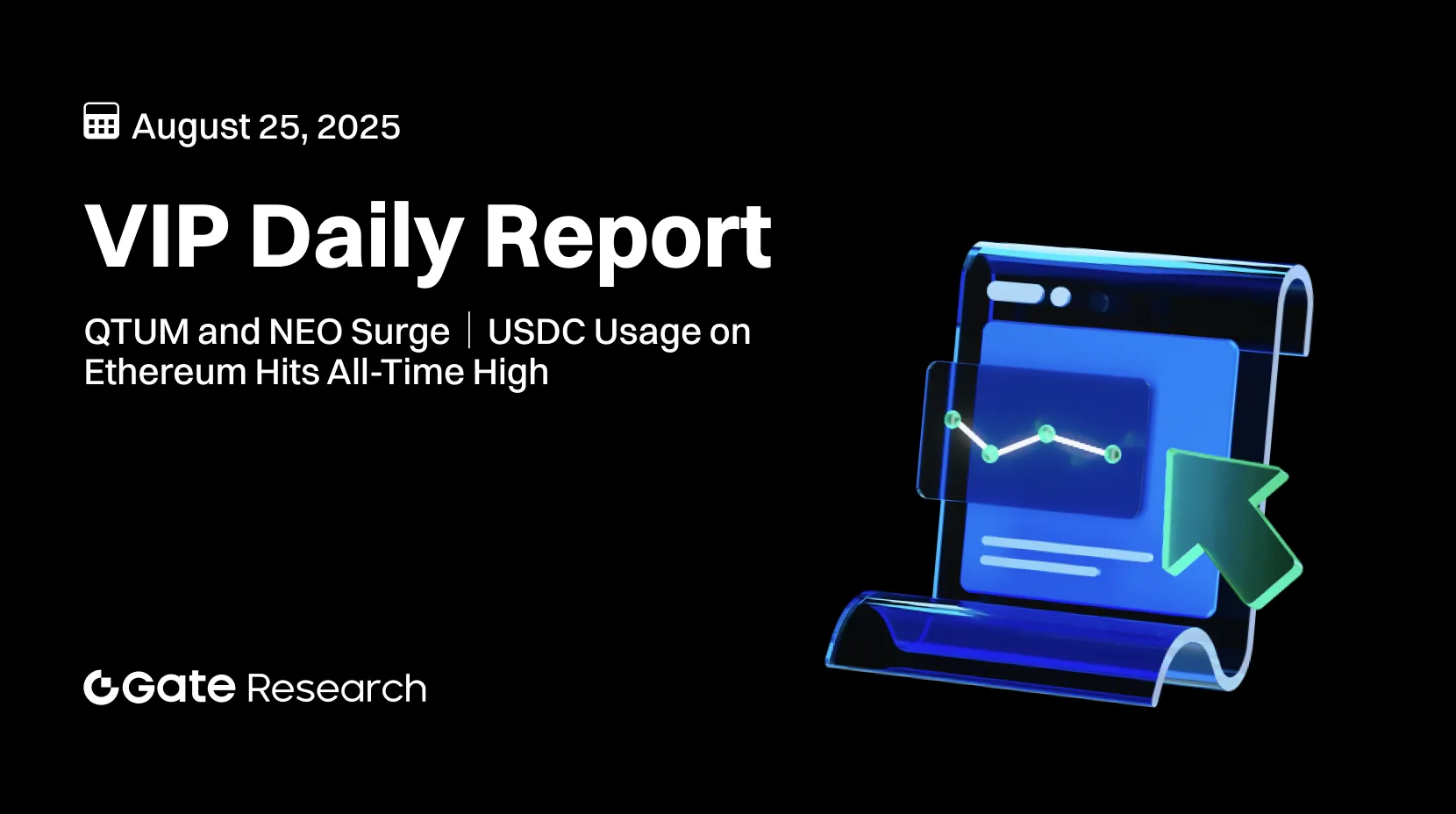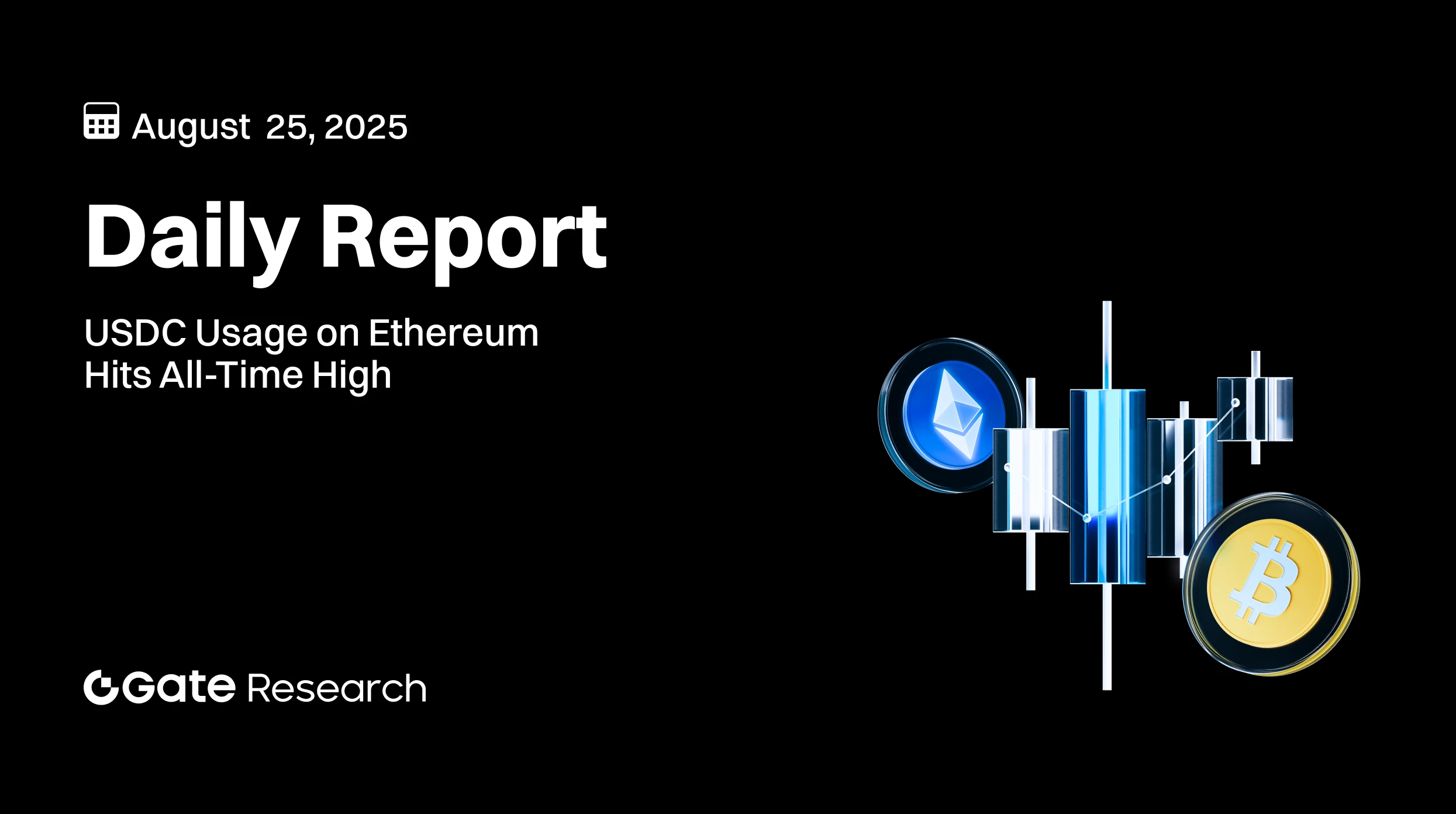Featured Courses
More
Advanced
Tools That Help You Trade Better: Moving Averages, Trend Lines, and Indicators
There are no trading rules that are applicable to any scenario. These courses will help you establish your own trading strategy, then test it and improve on it in practice

Intermediate
Technical analysis: A useful tool to understand trends in contract trading
Understand candlestick patterns and recognize market trends. Build a technical analysis system to make informed trading decisions

Intermediate
Stablecoin Fundamentals
This course covers everything you need to know about stablecoins, from the definition and overview, to the different types of stablecoins, how they work, and how to invest in them safely. It also covers main stablecoins on the market, use cases and applications, regulations and compliance, and strategies for evaluating, investing, and managing risk in stablecoins.
Learn by Topic
Topics
Altcoins
Bitcoin
Blockchain
DeFi
Ethereum
Metaverse
NFTs
Trading
Tutorial
Futures
Trading Bots
BRC-20
GameFi
DAO
Macro Trends
Wallets
Inscription
Technology
Meme
AI
SocialFi
DePin
StableCoin
Liquid Staking
Finance
RWA
Modular Blockchains
Zero-Knowledge Proof
Restaking
Crypto Tools
Airdrop
Gate Products
Security
Project Analysis
CryptoPulse
Research
TON Ecosystem
Layer 2
Solana
Payments
Mining
Hot Topics
P2P
Sui Ecosystem
Chain Abstraction
Options
Quick Reads
Video
Daily Report
Market Forecast
Trading Bots
VIP Industry Report
ETF Leveraged Tokens
Top Stories
XRP
Pi Network
Difficulty
Beginner
Intermediate
Advanced
Latest Courses
More
Beginner
Introduction to Celestia Blob Markets & Rollkit
Celestia represents a fundamental redesign of blockchain architecture through its modular approach. Instead of requiring every blockchain to handle execution, settlement, consensus, and data availability within a single system, Celestia separates these functions into specialized layers. This allows developers to create sovereign and application-specific blockchains that outsource data availability and consensus to Celestia while retaining full control over their execution environments.

Intermediate
Introduction to Programmable Oracle Networks
Blockchains are powerful but limited by their isolation from the outside world. Smart contracts can only process on-chain data, yet most real-world applications, from finance and insurance to gaming and logistics, depend on external information. Programmable oracle networks solve this problem by securely delivering and processing off-chain data for use on-chain. They extend blockchain functionality, enabling decentralized applications to interact with markets, APIs, sensors, and even other blockchains in a trust-minimized way.

Beginner
Gate Contract Trading Guide - A must-read for newbies
Learn about contracts from a more practical tutorial than in handbooks.
Latest Articles
More
Advanced
Gate Research: BTC Pulls Back as Institutions Keep Buying|Gate CEO Emphasizes Mass Adoption of Web3
Gate Research Daily Report: On August 26, BTC price fell below the 26-day moving average, but institutions continued to buy. ETH entered a correction phase after experiencing a significant surge in the early hours of August 25. FLOCK token rose 28.48% in the past 24 hours; OMI token rose 91.22% in the past 24 hours. Japan’s largest Web3 event was held in Tokyo, where Gate CEO Han Lin emphasized that large-scale adoption of Web3 is inevitable.
8/26/2025, 8:20:46 AM

Intermediate
Play As Mechanism: An Intro to Hypergamblified Market Design
By analyzing the failure of the Play-to-Earn model, the article reveals the importance of integrating speculation into the core mechanics of gaming and explores the potential of prediction markets as the future of on-chain games.
8/26/2025, 3:27:53 AM

Intermediate
BIO continues to rise, can longevity AI agents help DeSci recover?
The article provides an in-depth analysis of BIO's market performance and staking trends. It also explores the core objectives and operational mechanisms of the Bio Protocol. In particular, it examines how the protocol uses blockchain technology to revolutionize funding and commercialization models for early-stage biotechnology research.
8/26/2025, 3:25:24 AM
Latest Research
More
Advanced
Gate Research: BTC Pulls Back as Institutions Keep Buying|Gate CEO Emphasizes Mass Adoption of Web3
Gate Research Daily Report: On August 26, BTC price fell below the 26-day moving average, but institutions continued to buy. ETH entered a correction phase after experiencing a significant surge in the early hours of August 25. FLOCK token rose 28.48% in the past 24 hours; OMI token rose 91.22% in the past 24 hours. Japan’s largest Web3 event was held in Tokyo, where Gate CEO Han Lin emphasized that large-scale adoption of Web3 is inevitable.
8/26/2025, 8:20:46 AM

Advanced
 Gate Research: QTUM and NEO Surge|USDC Usage on Ethereum Hits All-Time High
Gate Research: QTUM and NEO Surge|USDC Usage on Ethereum Hits All-Time High
Gate Research Daily Report: On August 25, BTC was trading around $112,800, remaining in a broadly downward and volatile pattern; ETH’s short-term trend entered a consolidation phase, navigating between key support and resistance levels; GT was priced around $17.54, showing a recent pattern of rallying and then pulling back. Meanwhile, tokens such as NEON (+46.89%) and QTUM (+33.25%) saw explosive gains, indicating strong capital inflows into niche sectors.USDC usage on the Ethereum network reached an all-time high, with monthly transfer volume hitting $74.83 billion. The Hong Kong Monetary Authority will implement the Basel crypto asset capital requirements starting January 1, 2026. Additionally, SBI Group partnered with Chainlink to accelerate the adoption of digital assets among global institutional players.
8/25/2025, 6:52:19 AM

Advanced
Gate Research: USDC Usage on Ethereum Hits All-Time High|Hong Kong Monetary Authority Advances Basel Crypto Asset Capital Rules
Gate Research Daily Report: On August 25, BTC was trading around $112,800, remaining in a short-term downward consolidation pattern; ETH has entered a consolidation phase, navigating a critical support and resistance range.USDC usage on the Ethereum network reached a record high, with monthly transaction volume hitting $748.3 billion; the Hong Kong Monetary Authority will implement Basel’s new crypto-asset capital requirements starting January 1, 2026; SBI Group partnered with Chainlink to accelerate institutional adoption of digital assets globally.
8/25/2025, 6:36:53 AM
Glossary
Moreapr
Annual Percentage Rate (APR) is an annualized percentage rate that represents investment returns or borrowing costs, calculated using simple interest without accounting for compounding effects. In cryptocurrency, APR is commonly used to measure annualized yields from staking, lending, and liquidity provision activities, helping users evaluate and compare investment benefits across different DeFi protocols.
fomo
Fear of Missing Out (FOMO) refers to the anxiety investors feel about potentially missing profitable opportunities, which drives them to make irrational investment decisions. In cryptocurrency trading, FOMO typically manifests as investors blindly buying assets after prices have already significantly increased, hoping to share in the market's upward momentum.
nft
NFT (Non-Fungible Token) is a unique digital asset based on blockchain technology, characterized by its indivisible and irreplaceable nature, with each NFT possessing a unique identification code and metadata. They are typically created following standards like Ethereum's ERC-721 or ERC-1155, capable of definitively proving ownership, authenticity, and scarcity of digital content.
leverage
Leverage refers to the practice where traders borrow funds to increase the size of their trading positions, controlling assets of greater value with smaller capital. In cryptocurrency trading, leverage is typically expressed as a ratio (such as 3x, 5x, 20x, etc.), indicating the multiple of the original investment that a trader can control in assets. For example, using 10x leverage means an investor can control assets worth $10,000 with just $1,000.


Your Gateway to Crypto World, Subscribe to Gate for A New Perspective
